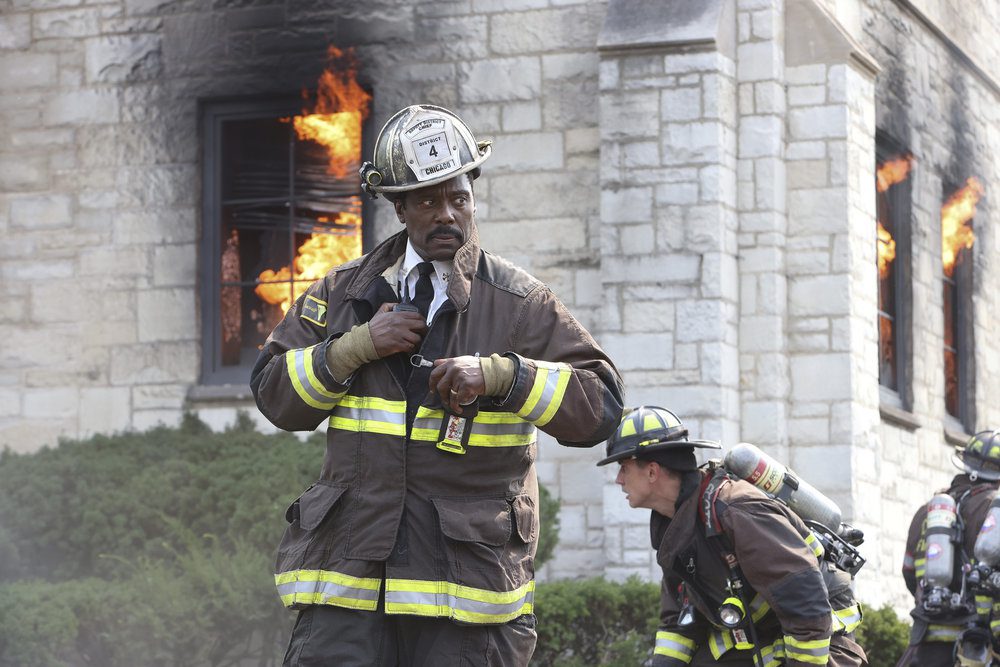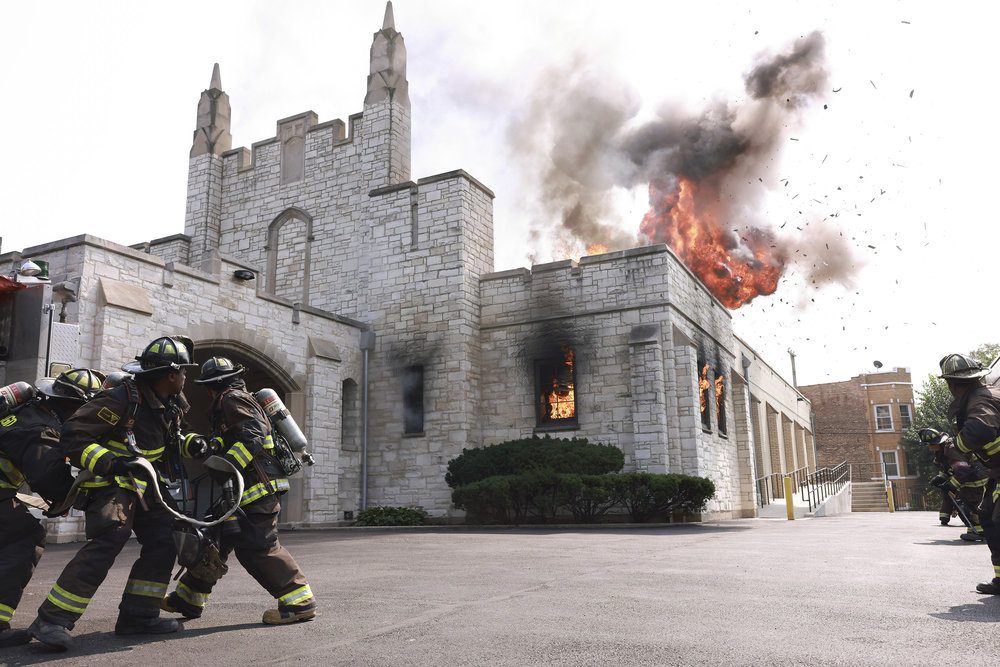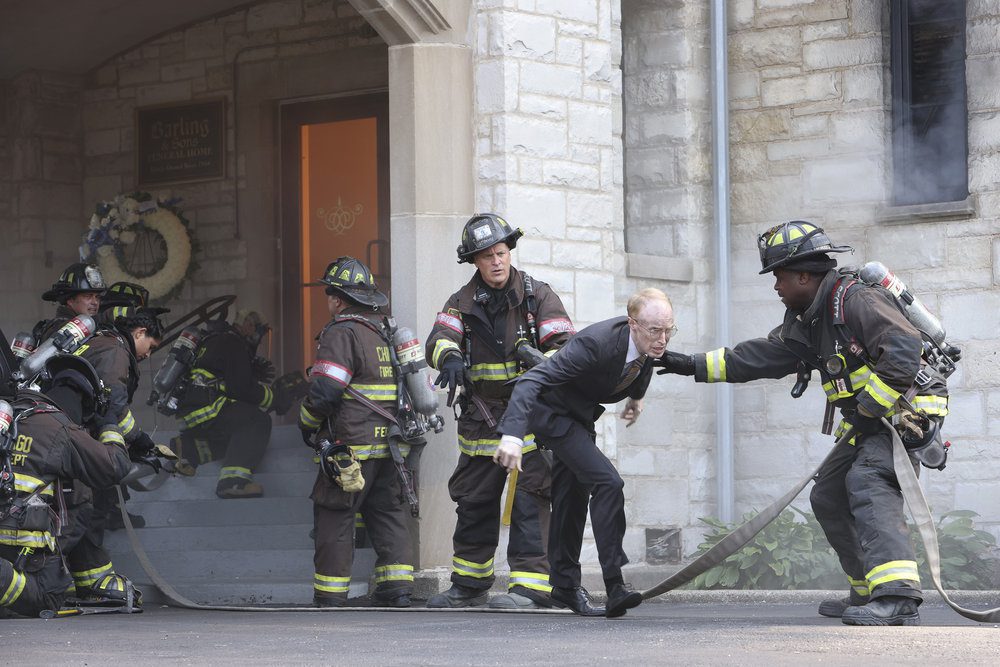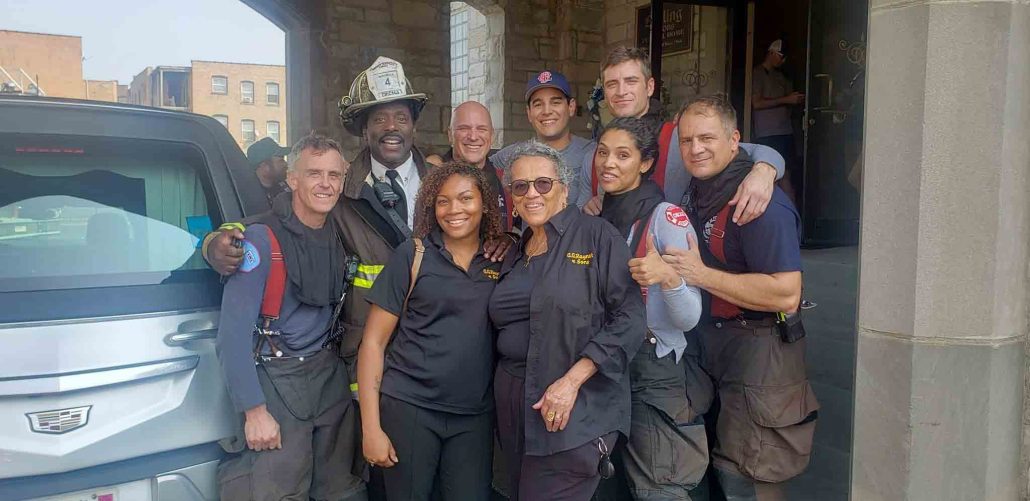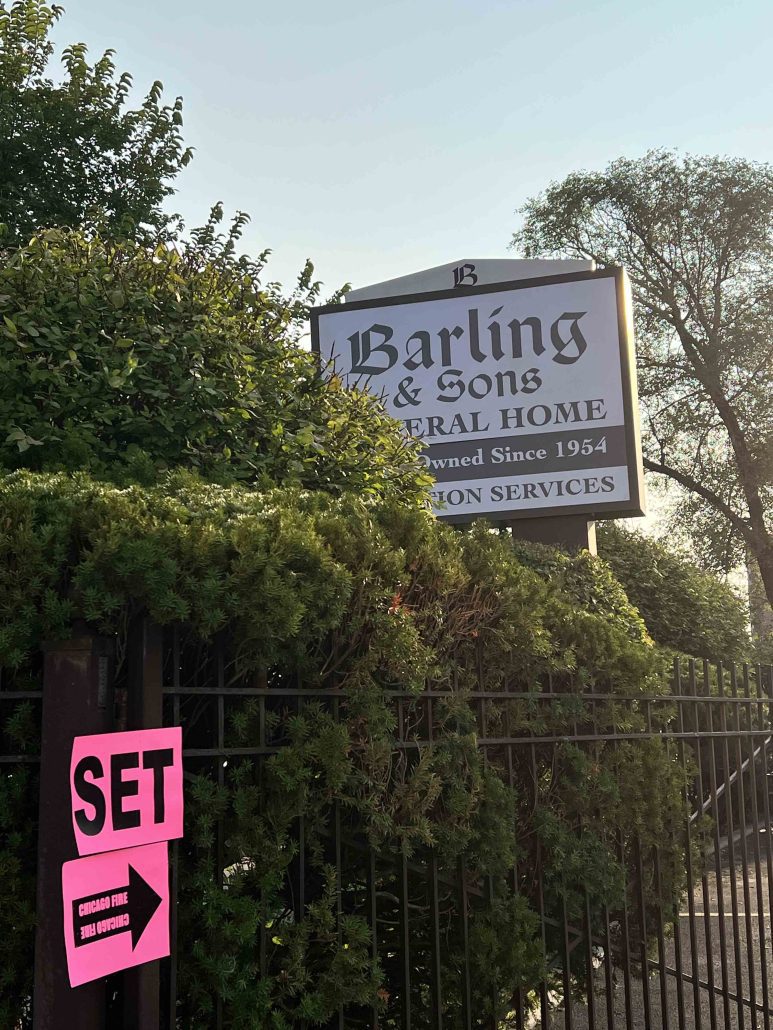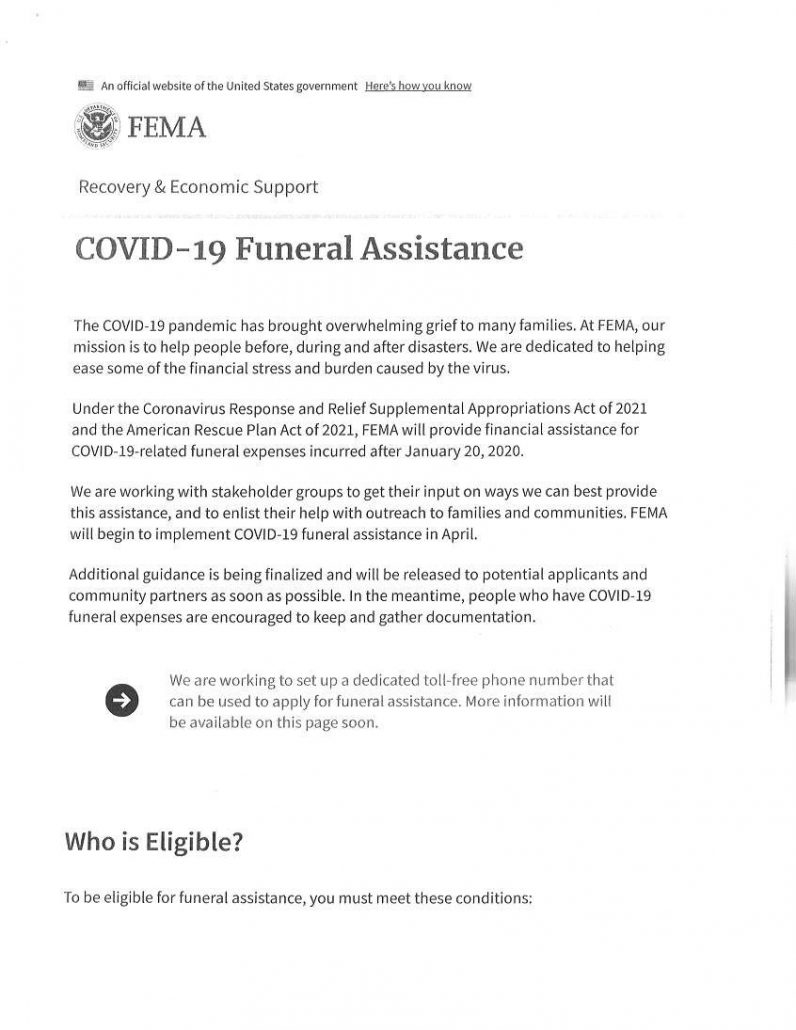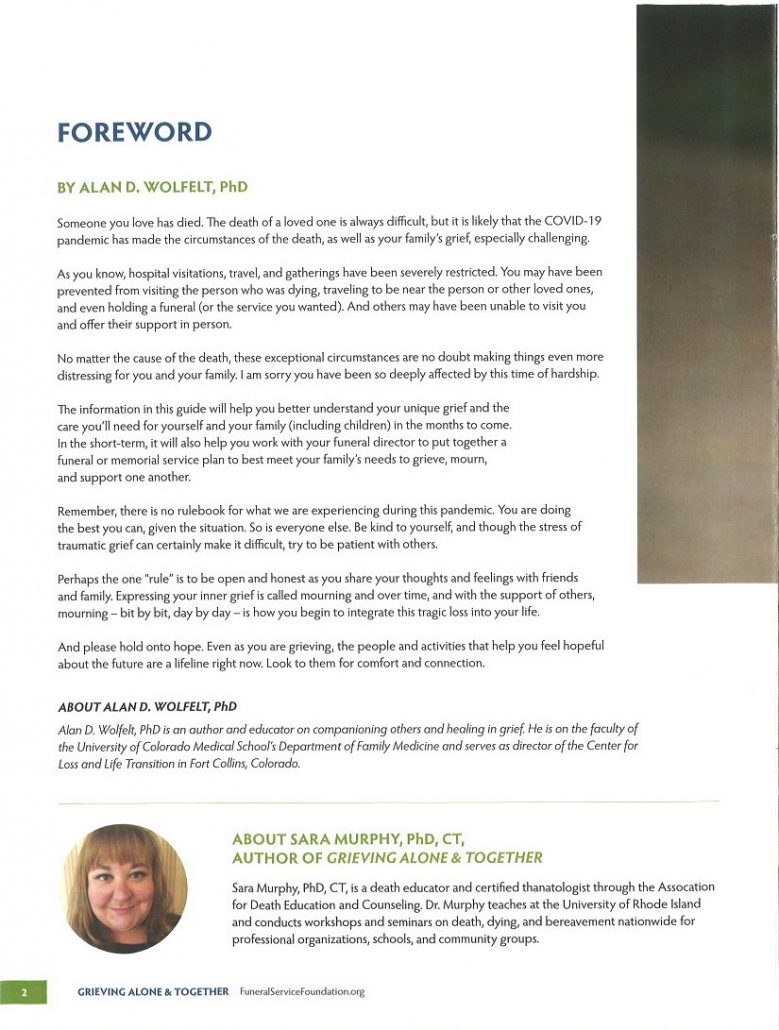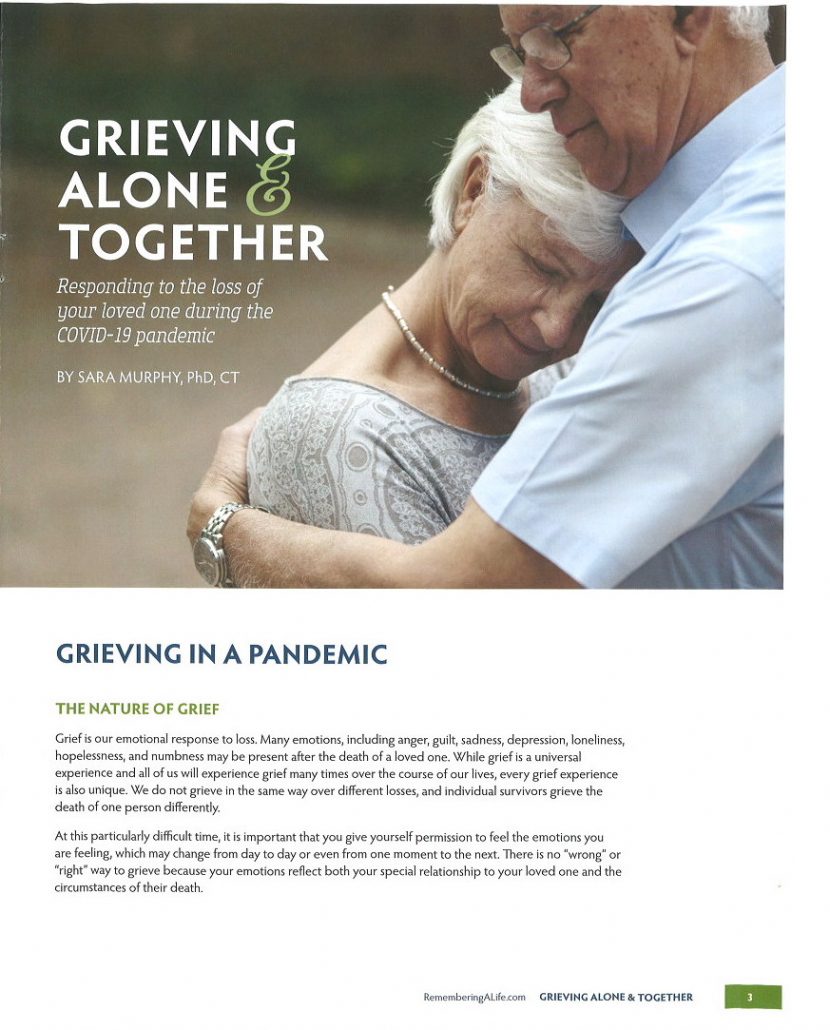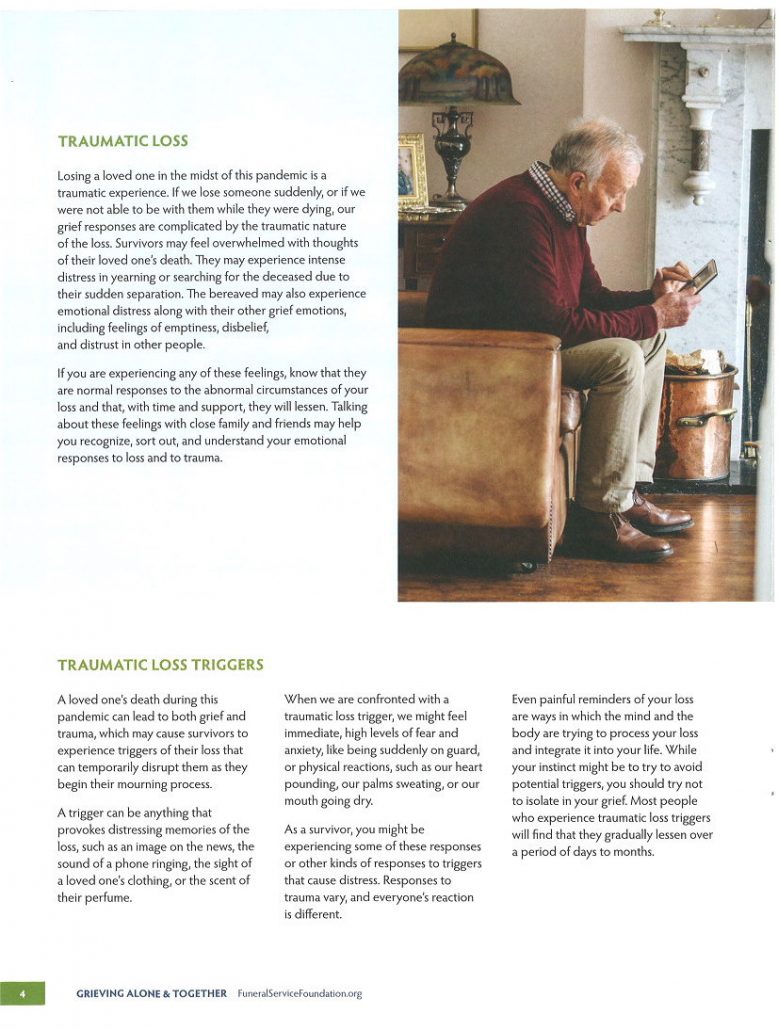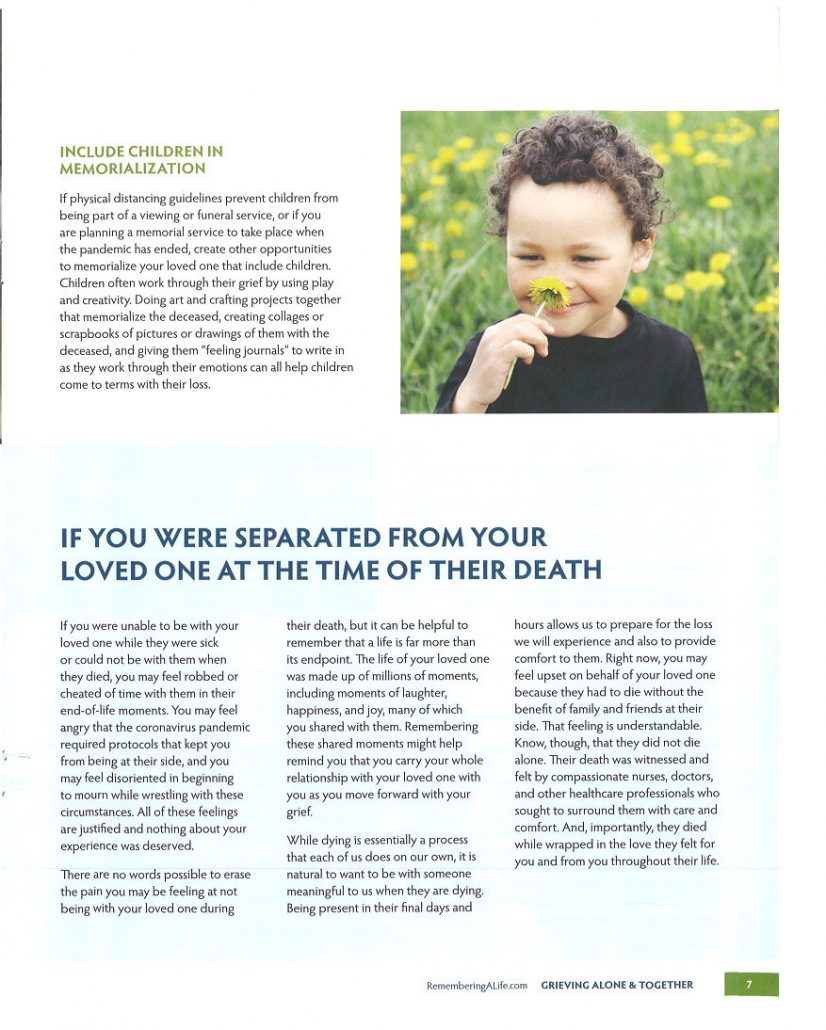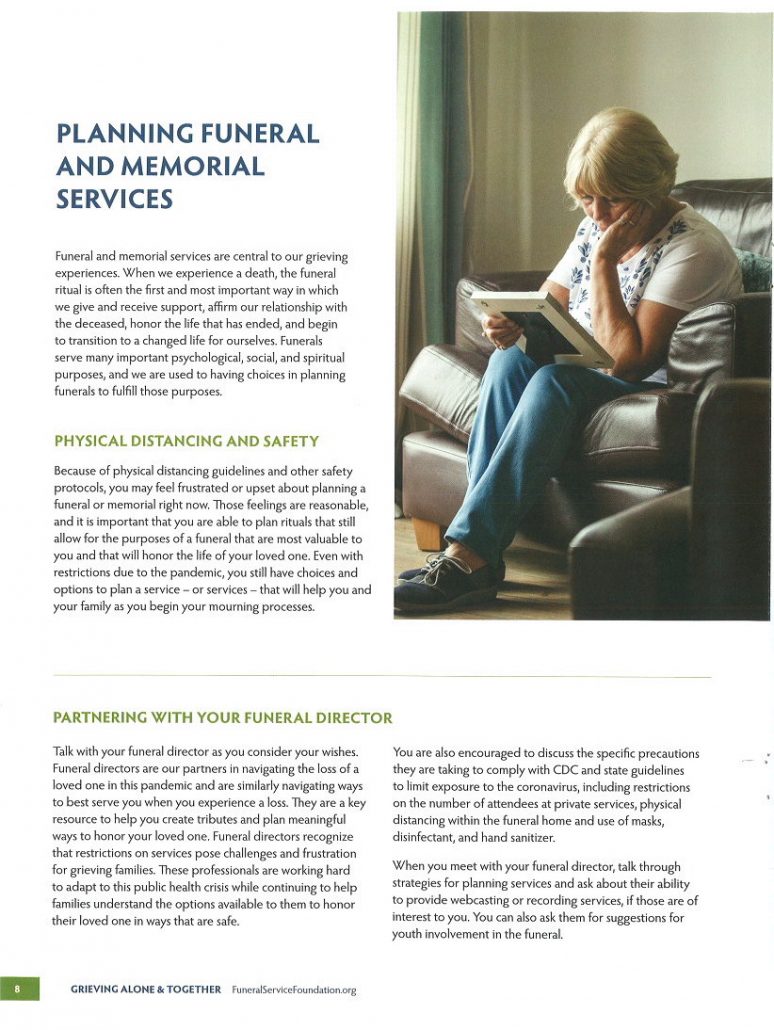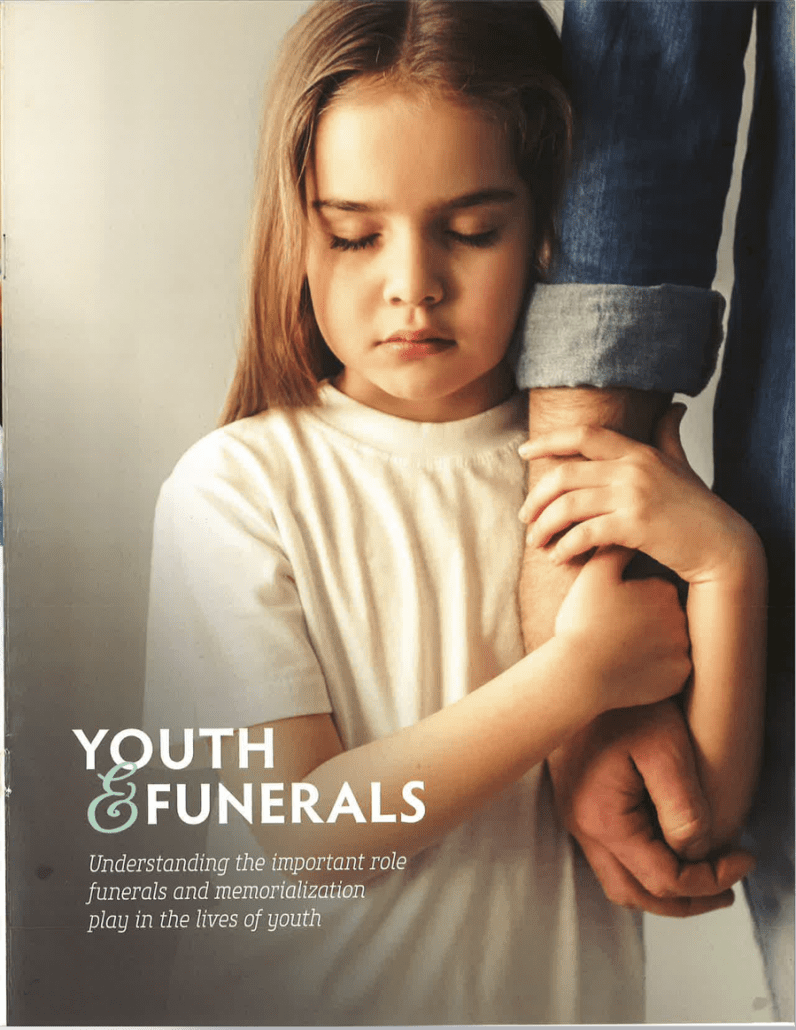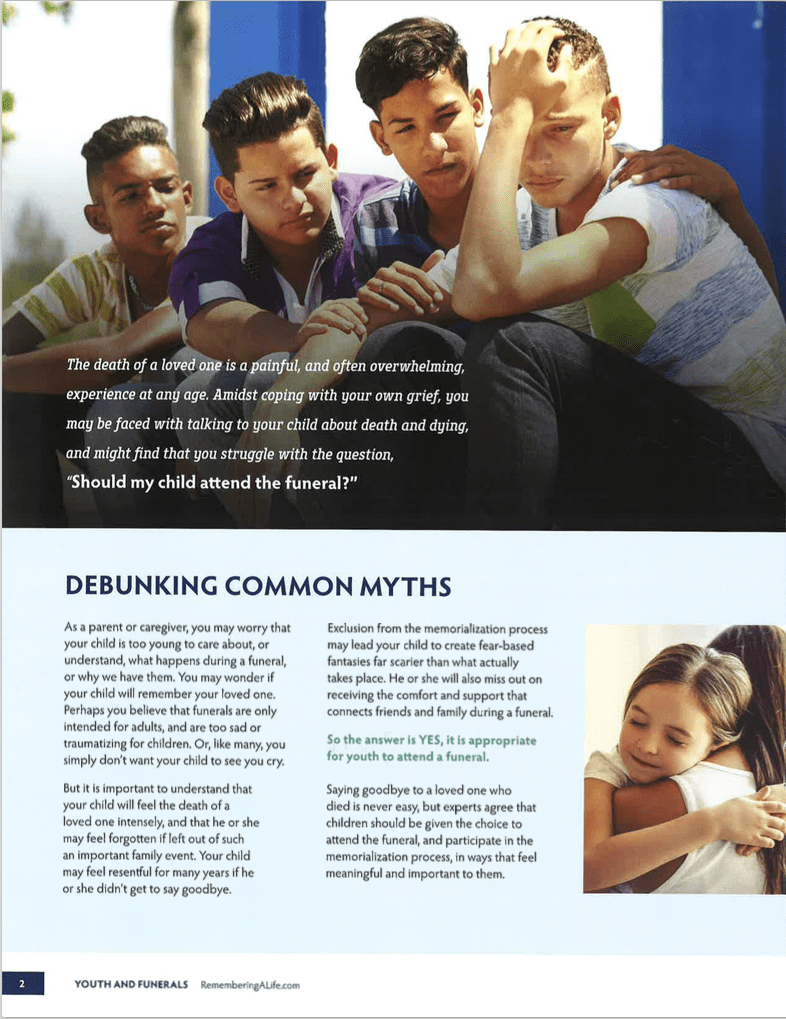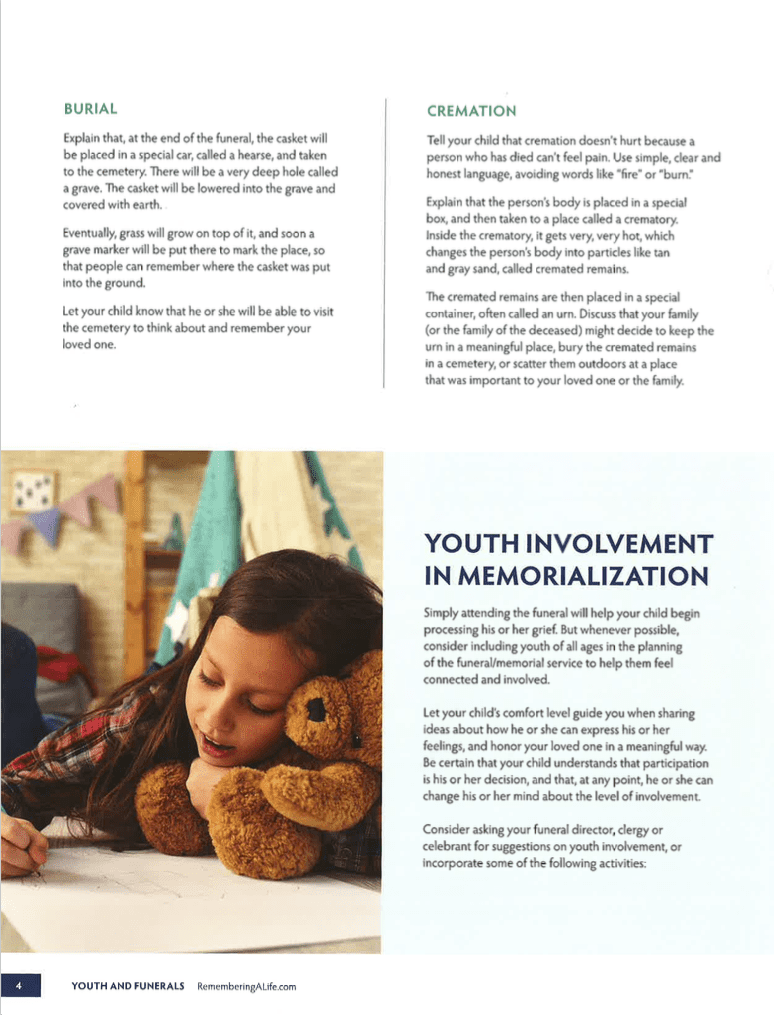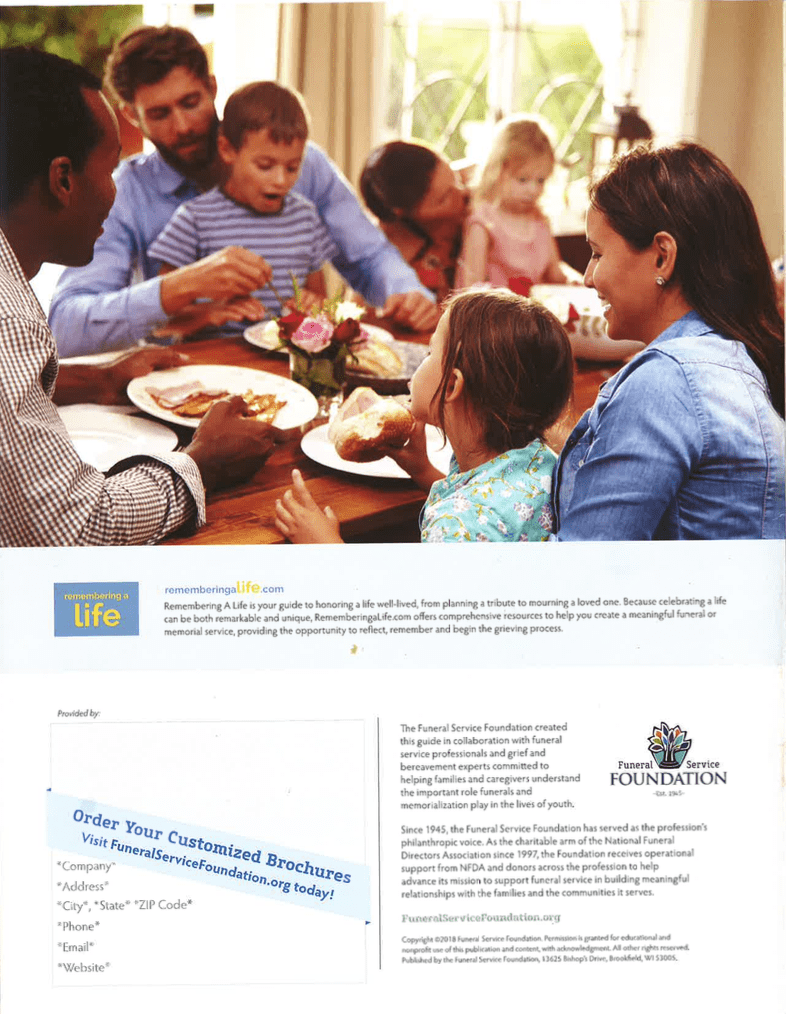Cancer: An Unexpected Expense
Cancer takes a toll on more than your mind and body. It can quickly eat through your savings, even if you have exceptional health insurance.
Planning for treatment
While you certainly did not plan to get cancer, knowing more about the treatment process can help you better plan to cover associated medical expenses. These may include:
- Clinical visits
- Urine, blood, and other lab tests
- In-office procedures
- Equipment charges
- Imaging tests including MRI and CT scans
- Radiation treatment
- Radiologist fees
- Prescription and non-prescription drug costs
- Hospital stays
- Surgery and associated fees
- Home care
- Insurance co-pays
Outside of treatment, you may also find that you are out of pocket for everyday living expenses that you would not have incurred without a cancer diagnosis. Things such as child care and transportation fees must also be considered.
Talking to your health care team
It’s important that you address financial concerns with your cancer treatment team. You can bring this up with your doctor by pointing out that you are not sure if you can afford their suggested treatment and if there are alternatives that may be as effective. You should also ask if any of the services needed require preapproval and if you will be allowed to recover from surgical procedures at home versus in the hospital.
Paying for your medicine
Depending on the type of treatment needed, you may be prescribed oral chemotherapy, which may also be referred to as targeted therapy. Cancer medication taken by mouth offers the same level of effectiveness as intravenous medicines and is more convenient. They are, however expensive and can cost $1,000 or more per treatment and may not be covered by your insurance. Before agreeing to any treatment, confirm coverage eligibility. The vast majority of pharmaceutical corporations offer patient assistance, which your health care team can help you locate. U.S. News & World Report estimates that cancer drugs and supportive care treatments to counter the side effect of chemotherapy costs Americans more than $43 billion annually
When insurance isn’t enough
Although the Affordable Care Act cannot deny a cancer patient insurance, benefits or associated payments, depending on your policy, there can be a significant gap in what’s covered and what’s not. Asbestos.com estimates that chemotherapy can run as high as $30,000 for an eight-week treatment course. Even if you have zero co-pay and 20 percent coinsurance, you may still be out of pocket $6,000 or more. And this doesn’t even consider issues that can arise due to cancer treatment. Specifically, those that affect your oral and ocular health.
Depending on your age or qualification as disabled, you may be able to enroll in a Medicare Advantage plan, which provides supplemental dental and vision insurance, which can ease that burden. It should be noted that enrollment periods for Part C are limited to a seven-month timeframe near your 65th birthday or within 24 months of disability. Learn more about Medicare Enrollment and benefits here.
You may be eligible for numerous government and private benefits if you need help paying for certain aspects of treatment. For example, if you must travel for treatment, you may find respite at a Hope Lodge, such as the Memorial Foundation Hope Lodge in Nashville, which is part of the St. Thomas Health network. Your health care team may also be able to point you in the direction of no-cost mastectomy products or counseling services in your area.
Another financial impact of a cancer diagnosis, especially when terminal, is the cost of a funeral. While it is difficult to face, you can ease the burden on your family by investing in prepaid arrangements. This will ensure they are not spending unnecessary money out of grief on services and funeral enhancements that are not needed
For additional information on the types of treatment available and how to manage the associated expenses, visit the American Cancer Society online.
